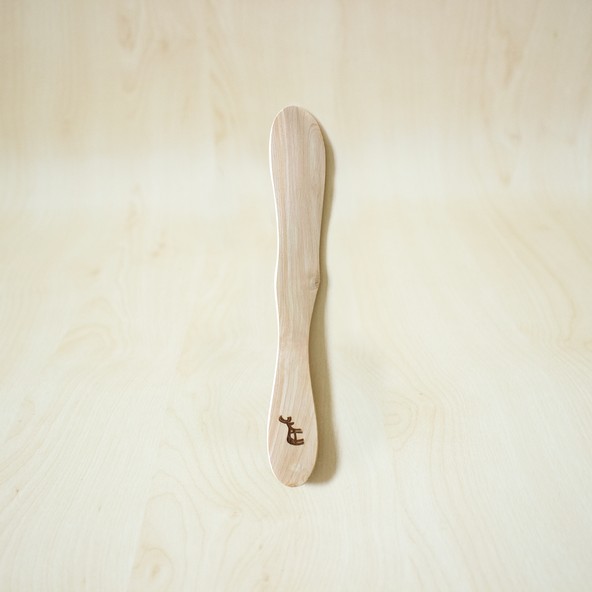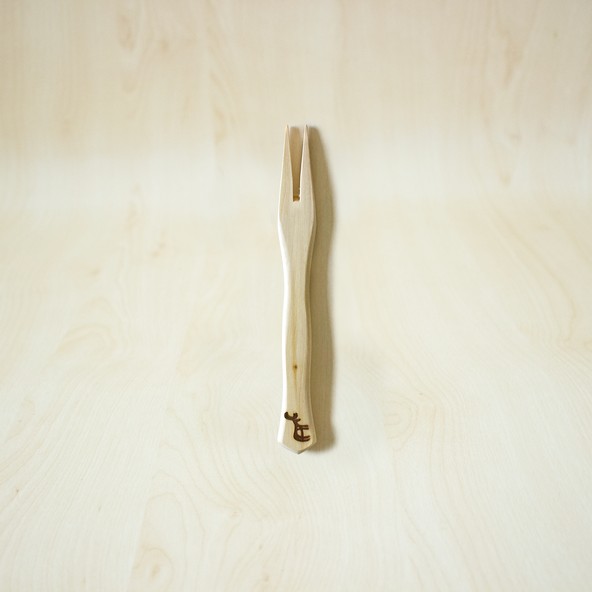The juniper, an emblematic tree of arid zones

The juniper is a small tree or shrub that grows in the northern hemisphere in dry or arid areas. It is a plant that does not require special care and is very robust. The juniper has many varieties and each of them has beneficial properties for human health or for nature.
Be careful though, only the Juniperus communis and the juniperus oxycedrus are edible, the other varieties are toxic.
Technical data of juniper wood
You will find all the information you need to help you understand and use juniper wood. We have compiled the characteristics, specifications and information of this exceptional wood.
| Characteristic | Description | |
|---|---|---|
Common name | Juniperus communis | |
Scientific name | Juniperus communis | |
Type | Shrub of the Cupressaceae family. | |
Color of the leaves | Very prickly dark green needles that grow in pairs. | |
Fruit color | Once pollinated, the female juniper forms a dark blue or red berry that ripens in 1 or 2 years, also called juniper berry. More info on the use of the berries. | |
Wood color | Juniper wood varies in color from yellow to reddish brown. With age, the wood will darken in color. | |
Height | Between 4 and 10 meters high for the Juniperus communis. Some varieties of juniper can grow up to 40 meters high. | |
Trunk | The trunk of the juniper has a rough bark and is light gray in color. It can be twisted, bent or filled with knots. It depends on the place where it grows and the environment outside. | |
Growth | Slow. About 30 to 60 centimeters per year. | |
Lifetime | Between 50 and 500 years depending on the variety of juniper. | |
Hardness | Very hard and rot-proof wood, which means that it is a wood that does not rot. | |
Fruit | The female juniper will produce berries. The color of the berries varies according to the variety of juniper. Some are edible while others are poisonous. Learn more about the berries. | |
Leaf | The shape of the leaf varies depending on the variety of juniper. They can be in the form of pointed or soft needles or in the form of scales. | |
Flowering period | In spring, between March and May. | |
Juniper wood availability | ★★★★☆ | |
Price of juniper wood | ★★☆☆☆ | |
Disease and pests | Juniper is subject to one disease in particular: pear rust, which causes a lot of damage to leaves and fruit. Red spiders, beetles and scale insects are the main pests of juniper. |
Description of the juniper wood
Take a closer look at the characteristics and uses of juniper, as well as its health benefits and advantages as a craft and decorative material.
The regions of the world where to find the Juniperus communis

Juniperus communis is the most widespread variety in the Northern Hemisphere. It can be found in France in mountainous and rocky areas. The Juniperus communis likes rocky, sandy and calcareous soils.
It can be found in :
- North America
- Canada
- Northern Europe
- Russia
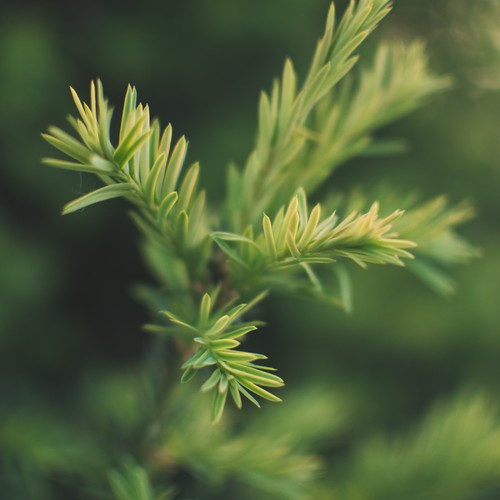
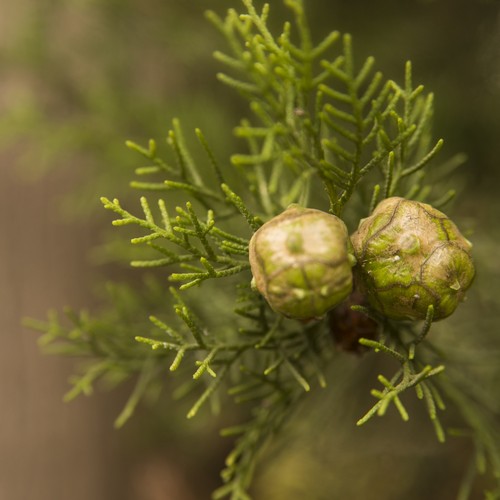


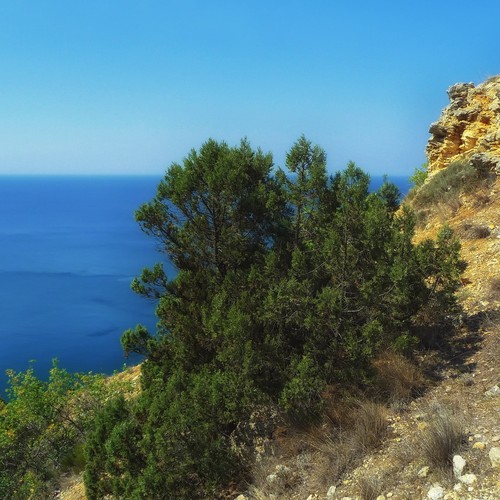
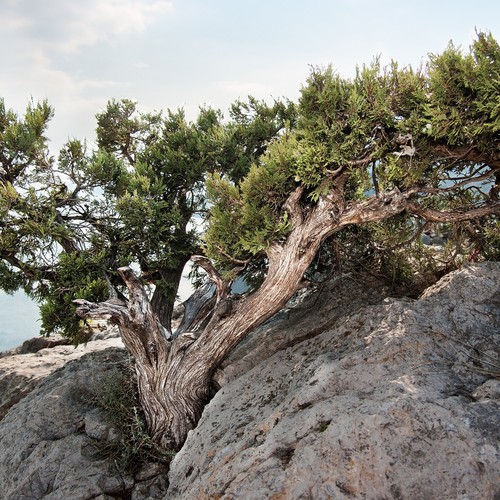
What does a juniper look like and how do you recognize it?
Here, I will show you how to differentiate the Juniperus communis from other varieties. Photos 5 and 6 show Juniperus communis and Juniperus sabina respectively in their environment.
- Leaf of the juniper
Juniperus communis (photo 3) has very prickly green needles with a white stripe in the center. The juniperus oxycedrus (photo 1) has fine and prickly needles with 2 white stripes in the center. Juniperus phoenicea (photo 2) has small, unpointed needles.
- Juniper flower
Junipers are dioecious trees, the males and females are different in appearance and do not produce the same thing. Indeed, the female juniper will produce fruits containing seeds (photo 2) whereas the male juniper will produce pollen which, with the wind, will arrive on the female plants.
- Fruit of the juniper
Juniper produces small, round berries called juniper berries (photo 3). These berries are green in color and change color when ripe. However, you must be careful because some junipers produce poisonous berries. Each variety of juniper produces a berry of different color, shape and size.
- Trunk and bark of juniper
The trunk of the juniper has a rough bark and is mostly light gray in color, except for the eastern red cedar which has a reddish bark. Because of the location where it grows (rocky and mountainous area), the trunk can be twisted and even bent as it follows the shape of the rock on which it grows (photo 4).
The different varieties of juniper
Find out here the most common Juniper varieties in the world and some information like leaves, fruits, growth, etc.
Juniperus communis
Juniperus communis
Juniperus oxycedrus
Juniperus oxycedrus

Juniperus sabina
Juniperus sabina
Juniperus phoenicea
Juniperus phoenicea
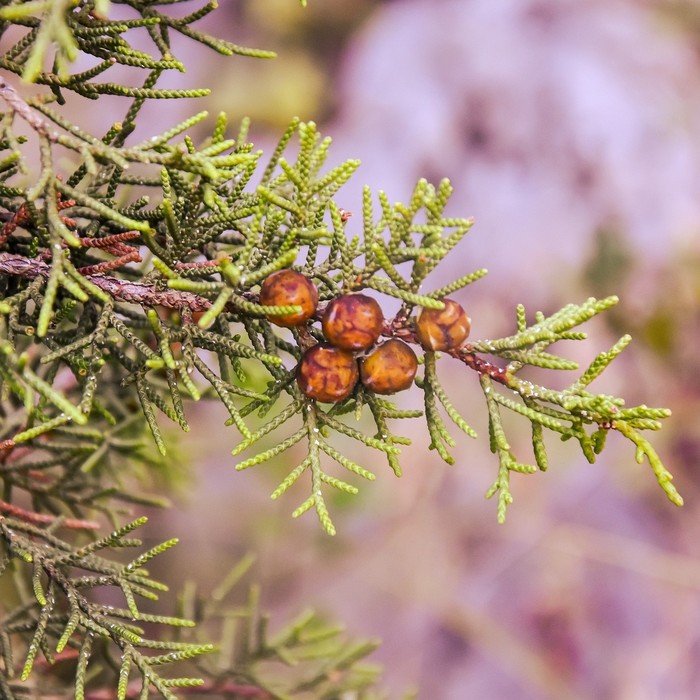
Chinese juniper
Juniperus chinensis
Eastern red cedar
Juniperus virginiana

Juniper wood, a resistant wood with multiple uses
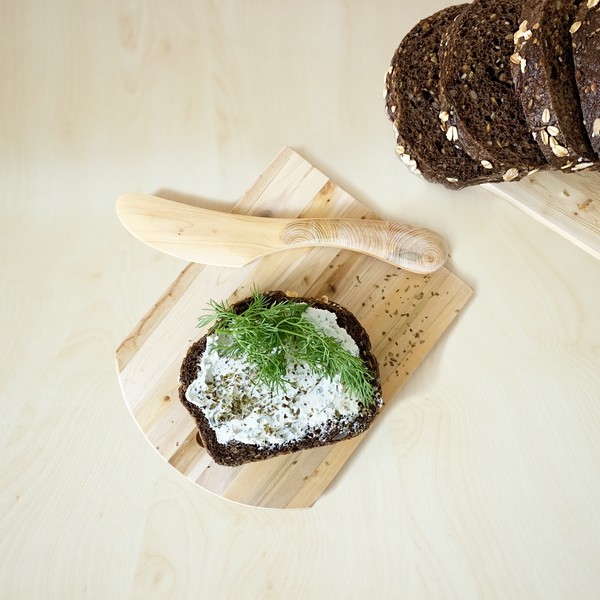
Juniper wood is the worst enemy of axes or chainsaws because it is very hard with a very strong core. It is also a rot-proof wood, which means that it does not rot.
In the craft industry, juniper wood is used by wood turners to make crockery, vases or decorative objects. Because it is a wood that is very beautiful and has a good smell.
In everyday life, juniper wood is used as firewood because it is a slow burning wood and gives a good smell to the room.
In the garden, juniper is very popular and often used for hedges because it is very strong. Juniper can also be used with more delicacy and wisdom in bonsai.
Let's eat! Juniper is on the menu
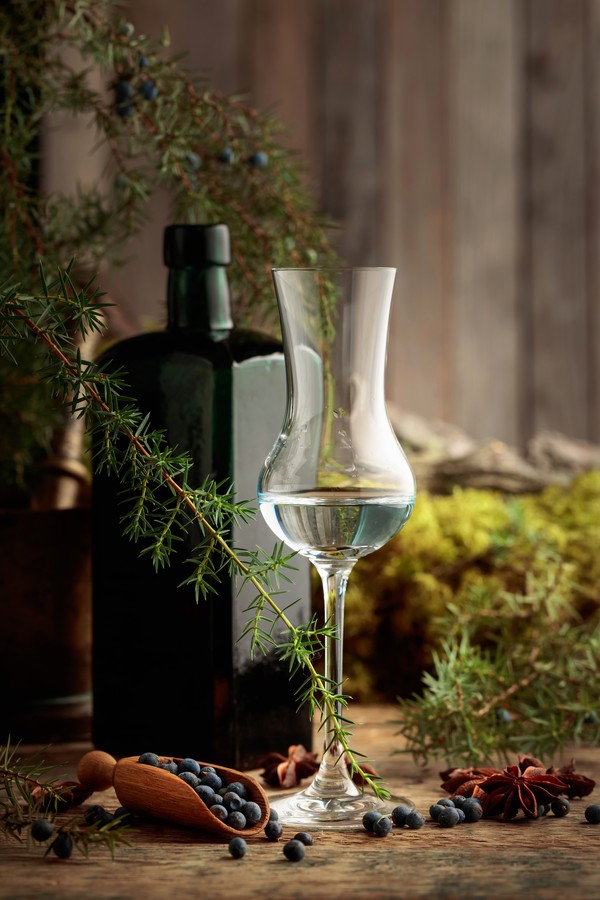
Juniper can be consumed in several forms, as I explain just below.
Flavouring dishes
Juniper berries are excellent for flavoring fatty dishes such as meat dishes, game or sauerkraut. The berries will bring a good flavor to the dish but also help digestion.
Use in paste or jam
In the French mountains, the berries are cooked and then pressed to make a honey-like paste. This paste is eaten with bread.
Creating alcohols
Juniper berries are used to create multiple alcohols.
- Juniper, a brandy flavored with berries. It is a speciality of Belgium, the Netherlands and northern France and Germany.
- Sahti, a beer from Finland flavored with berries and filtered with juniper branches.
- Gin, known to all, is an alcohol flavored with juniper berries
☠️ One must be extremely careful when eating juniper, some are poisonous. Only Juniperus communis and juniperus oxycedrus are edible. ☠️
The benefits of juniper, a medicinal plant with multiple virtues
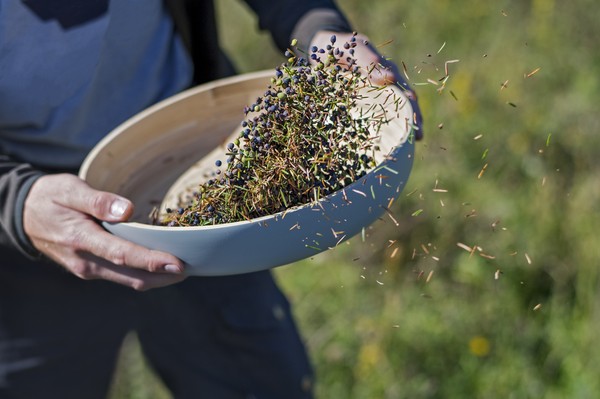
- Some indigenous peoples of North America burn the branches and needles of the Juniperus communis. Then they eat the ash which is very rich in calcium.
- Incense is made from juniper wood powder. Some people use it to sanitize and purify rooms.
Juniper berry, various and healthy uses
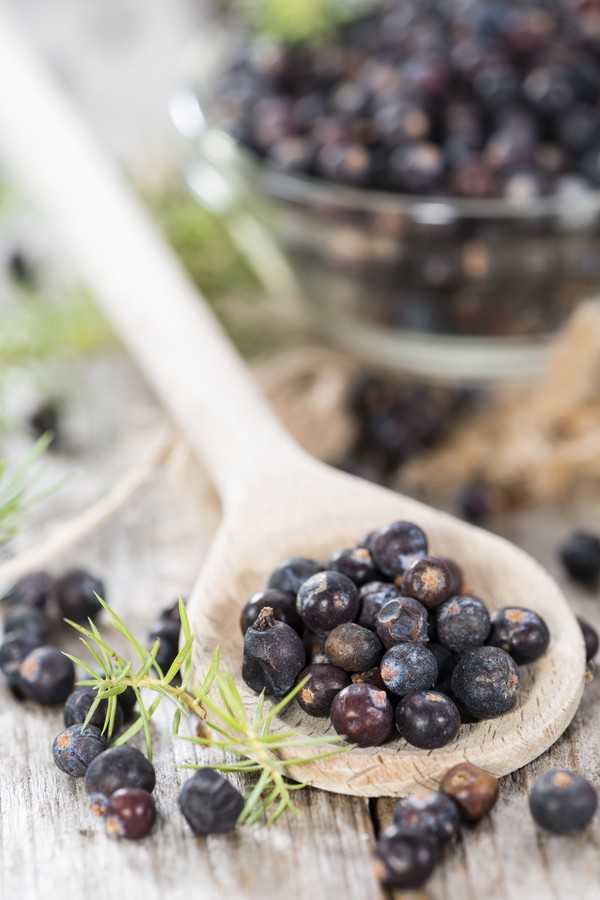
First of all, you should know that only Juniperus communis and Juniperus oxycedrus are edible.
As mentioned above, the berries are used to flavour dishes and to make alcohol. But they are not only used for that:
- Juniper berries are a natural diuretic and will therefore help treat water retention for example.
- Juniper berries help digestion by stimulating the production of digestive enzymes and therefore relieve abdominal pain and improve digestion.
- In infusion, juniper berries help to relieve joint pain and urinary tract infections.
- Juniper berries are rich in antioxidants. They can be crushed and used as a marinade for fish or eaten in smoothies. They will bring flavor and benefits.
- The essential oils created with juniper berries have many virtues.
The essential oil of juniper, characteristics and uses

Juniper essential oil is obtained by steam distillation of juniper berries and branches.
This pale yellow essential oil has a woody and spicy smell. This essential oil can be used in inhalation to relieve coughs. It can also be used for massage to treat anti-inflammatory pain. Finally, juniper essential oil can also be mixed with a cream to treat skin problems and help healing.
Juniper in bonsai, the natural art

Some wood species are used to make bonsai such as pine, Chinese elm, maple, Chinese juniper and Juniperus sabina.
Juniper is a good choice for making bonsai for several reasons:
- The leaves of the juniper: they are small which allows a more realistic appearance of the bonsai
- The trunk of the juniper: it is naturally of atypical shape: a worked, gnarled trunk with multiple small branches allowing it to be cut into multiple shapes.
- The robustness of juniper: Juniper is a robust tree that tolerates difficult growing conditions and many prunings very well. It does not mind poor soil in a pot and warm temperatures such as inside a house.
- The bark of the juniper: with age, the bark of the juniper cracks, changes texture and color. This gives more life and relief to the bonsai and also a more attractive appearance.
To make a bonsai with juniper, here are some tips:
- Choose a young juniper with a straight trunk
- Prune the branches to create compact and atypical shapes
- Prune the roots of the juniper to limit its growth and not to have a bonsai of several meters.
- Keep the soil moist for the bonsai and let it enjoy a few hours of sunlight every day for its growth.
The worst disease for juniper

Juniper is very susceptible to fungal diseases. The disease that affects juniper the most is pear rust. This disease only affects junipers and pear trees. Also, it needs 2 hosts to live, the primary host being the juniper which is affected in winter and the secondary host the pear tree which is infected in spring. This disease spreads with the wind but also with insects like bees.
When spring arrives and the weather is both mild and wet, brown cones form on the branches of the juniper. These cones then become orange masses, as shown in the picture.
The natural and varied beauty of juniper
A collection of carefully selected images to inspire you and arouse your curiosity.
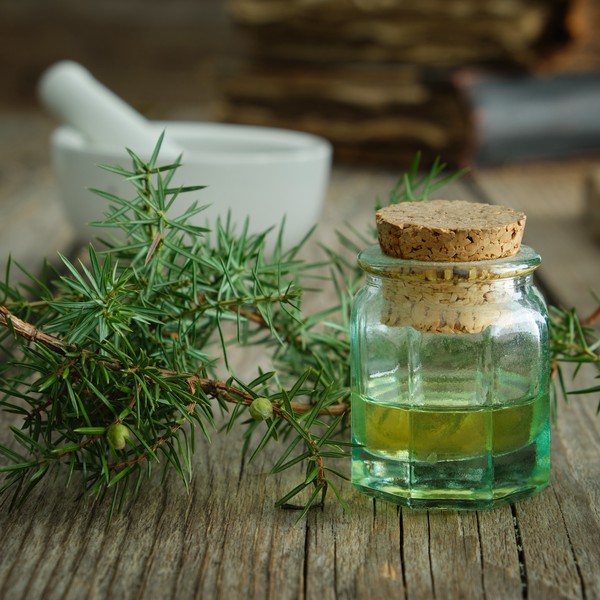
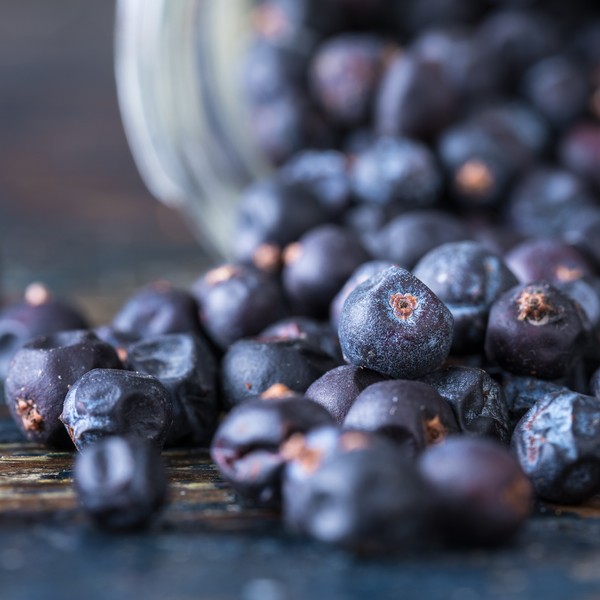
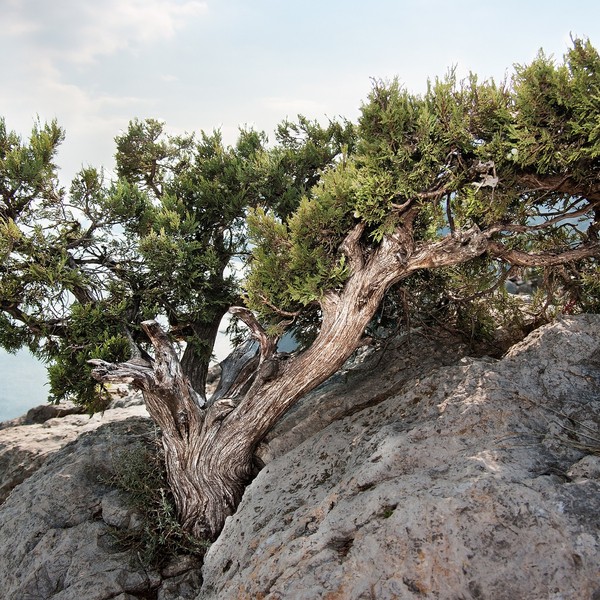


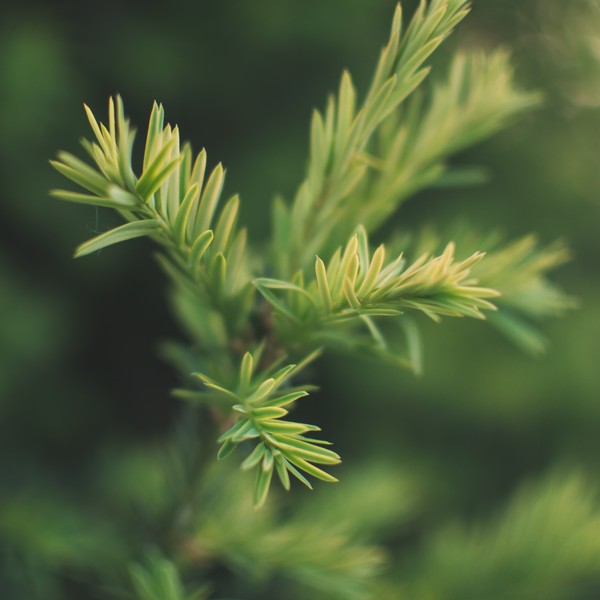
Discover the incredible versatility of wood through various species and the world of woodworking. By subscribing, you'll receive information on wood and wood species once a week.
Discover other wood species
A varied selection of woods highlighting the beauty and diversity of wood species around the world.
Discover our hand carved juniper wood products
Subscribe to our newsletter and receive your discount code in your mailbox!














